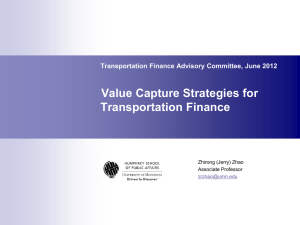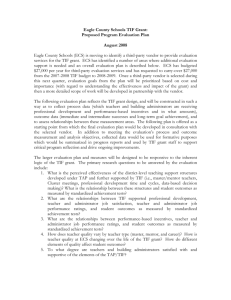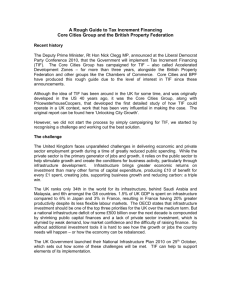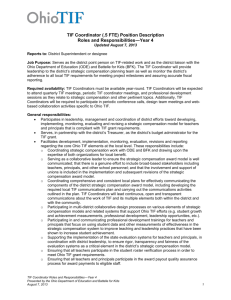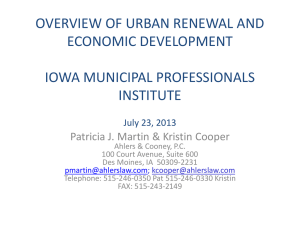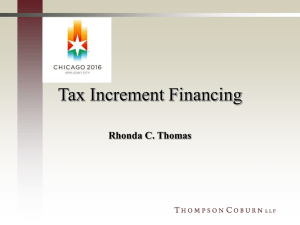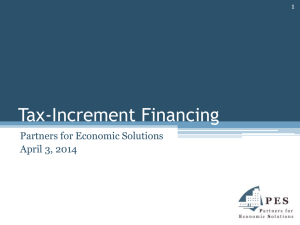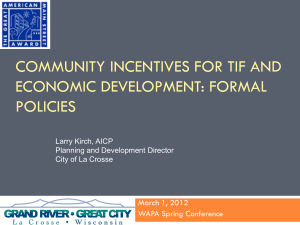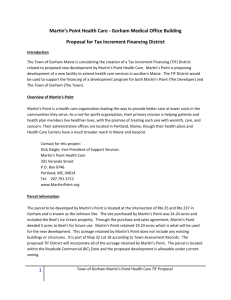gbc20228-sup-0001-Readme
advertisement
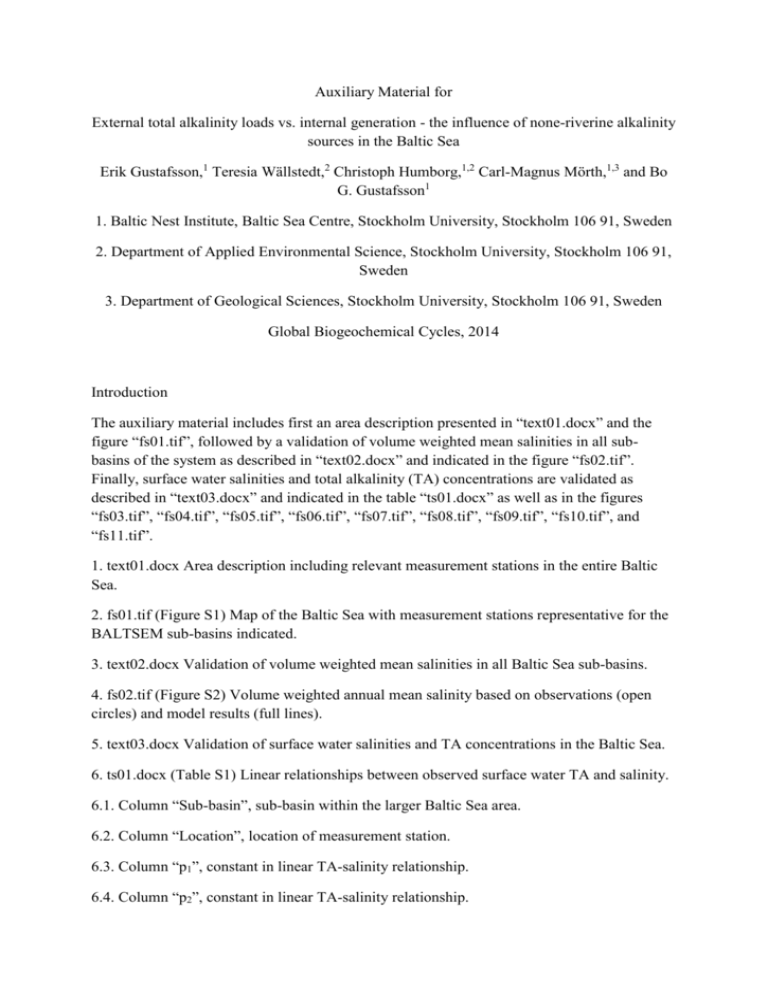
Auxiliary Material for External total alkalinity loads vs. internal generation - the influence of none-riverine alkalinity sources in the Baltic Sea Erik Gustafsson,1 Teresia Wällstedt,2 Christoph Humborg,1,2 Carl-Magnus Mörth,1,3 and Bo G. Gustafsson1 1. Baltic Nest Institute, Baltic Sea Centre, Stockholm University, Stockholm 106 91, Sweden 2. Department of Applied Environmental Science, Stockholm University, Stockholm 106 91, Sweden 3. Department of Geological Sciences, Stockholm University, Stockholm 106 91, Sweden Global Biogeochemical Cycles, 2014 Introduction The auxiliary material includes first an area description presented in “text01.docx” and the figure “fs01.tif”, followed by a validation of volume weighted mean salinities in all subbasins of the system as described in “text02.docx” and indicated in the figure “fs02.tif”. Finally, surface water salinities and total alkalinity (TA) concentrations are validated as described in “text03.docx” and indicated in the table “ts01.docx” as well as in the figures “fs03.tif”, “fs04.tif”, “fs05.tif”, “fs06.tif”, “fs07.tif”, “fs08.tif”, “fs09.tif”, “fs10.tif”, and “fs11.tif”. 1. text01.docx Area description including relevant measurement stations in the entire Baltic Sea. 2. fs01.tif (Figure S1) Map of the Baltic Sea with measurement stations representative for the BALTSEM sub-basins indicated. 3. text02.docx Validation of volume weighted mean salinities in all Baltic Sea sub-basins. 4. fs02.tif (Figure S2) Volume weighted annual mean salinity based on observations (open circles) and model results (full lines). 5. text03.docx Validation of surface water salinities and TA concentrations in the Baltic Sea. 6. ts01.docx (Table S1) Linear relationships between observed surface water TA and salinity. 6.1. Column “Sub-basin”, sub-basin within the larger Baltic Sea area. 6.2. Column “Location”, location of measurement station. 6.3. Column “p1”, constant in linear TA-salinity relationship. 6.4. Column “p2”, constant in linear TA-salinity relationship. 6.5. Column “Data source”, reference to relevant data source. 7. fs03.tif (Figure S3) Upper panel: Observed salinity at the Fladen station (open circles) versus simulated salinity in the Central Kattegat (full lines). Lower panel: Observed TA at the Fladen station (open circles) versus simulated TA in the Central Kattegat (full lines). The dotted line indicates the total TA as calculated based on a linear relationship between observed salinity and TA. 8. fs04.tif (Figure S4) Same as Figure S3, but this time the observed and simulated values are from the Anholt East station and Southern Kattegat respectively. 9. fs05.tif (Figure S5) Same as Figure S3, but this time the observed and simulated values are from the BY2 station and Arkona Basin respectively. 10. fs06.tif (Figure S6) Same as Figure S3, but this time the observed and simulated values are from the BY5 station and Bornholm Basin respectively. 11. fs07.tif (Figure S7) Same as Figure S3, but this time the observed and simulated values are from the BY15 station and Gotland Sea respectively. 12. fs08.tif (Figure S8) Same as Figure S3, but this time the observed and simulated values are from the C3 station and Bothnian Sea respectively. 13. fs09.tif (Figure S9) Same as Figure S3, but this time the observed and simulated values are from the F9-A13 station and Bothnian Bay respectively. 14. fs10.tif (Figure S10) Same as Figure S3, but this time the observed and simulated values are from the 121 station and Gulf of Riga respectively. Filled triangles represent measurements performed within the Baltic-C program. 15. fs11.tif (Figure S11) Same as Figure S3, but this time the observed and simulated values are from the LL7 station and Gulf of Finland respectively. Filled triangles represent measurements performed within the Baltic-C program.
